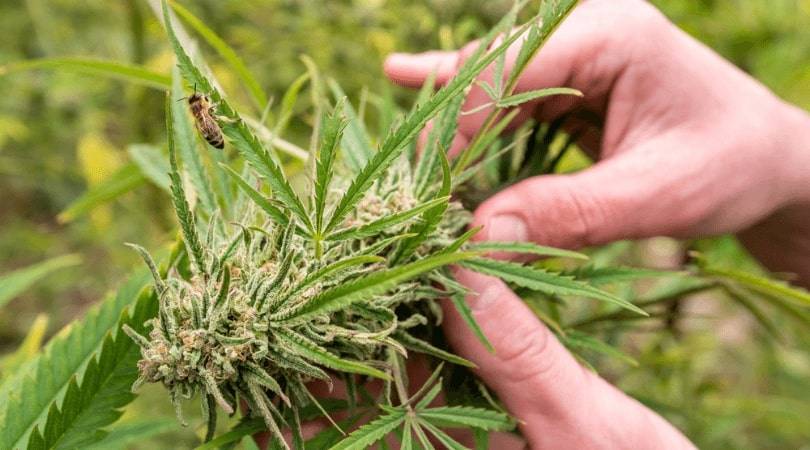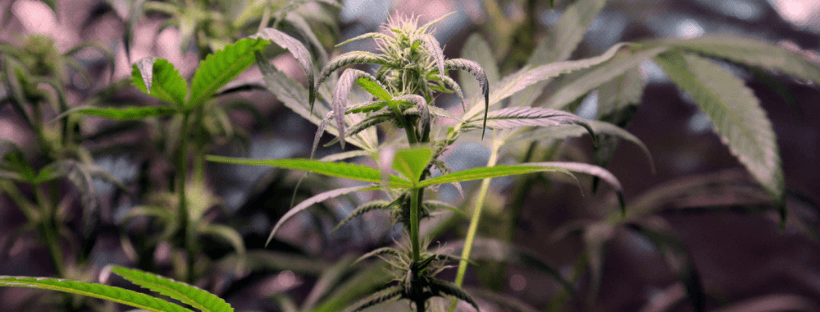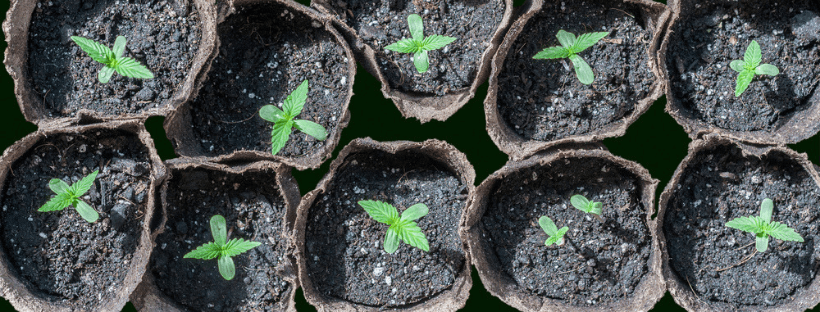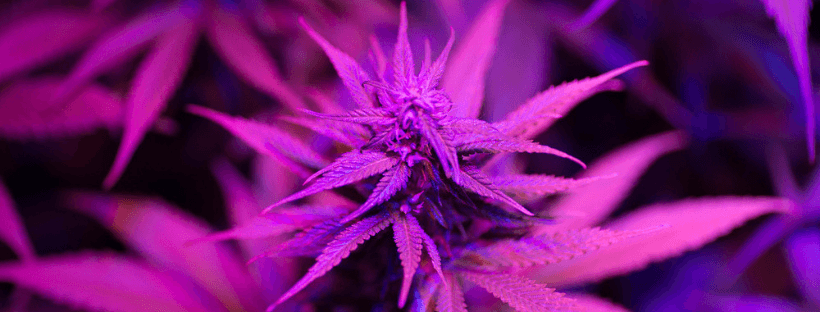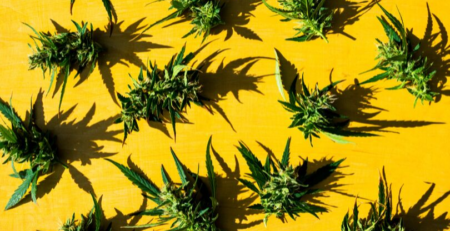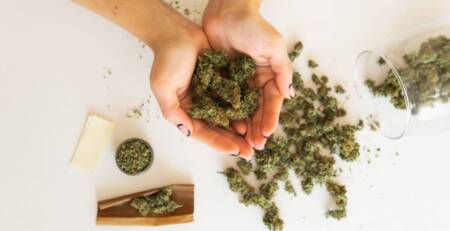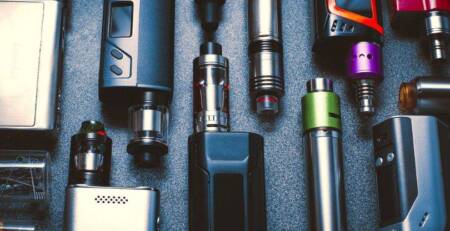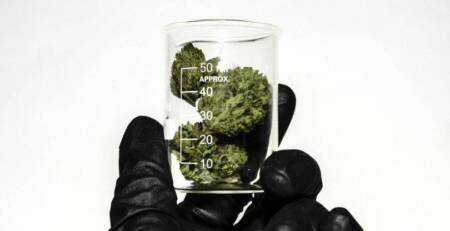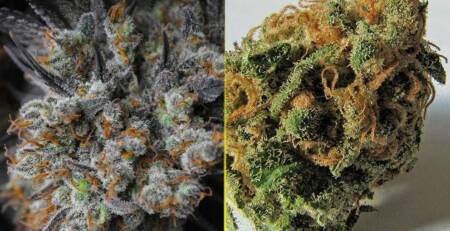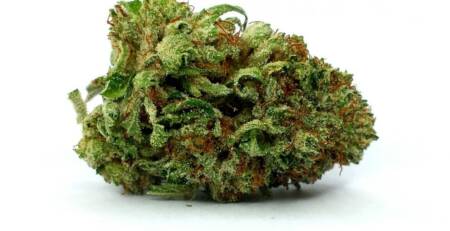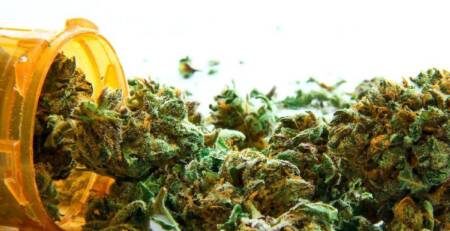The Ultimate Guide To Growing Weed In Canada
A new day has begun in Canada; as of October 17, Canadians can legally buy, grow, and use cannabis for medicinal and recreational use. This opens the doors to many exciting opportunities: cannabis fanatics can now run legal businesses sharing their expertise, Canadians with specific medical conditions can use cannabis to treat their symptoms, and everyday citizens can indulge in a new hobby.
If you are interested in growing cannabis at home, be sure to read over the laws and the requirements for successfully growing your favourite strains. Growers will need to set aside spaces for cannabis plants to grow or invest in technology that offers the best yields. Use this guide to get the most out of your cannabis seeds and enjoy a healthy yield of marijuana for you and your (adult) friends to share.
Canadian Cannabis Laws
Canada’s Cannabis Act came into effect on October 17, 2018. Pay attention to the federal law and laws set by your province or territory before you begin growing.
Legal Age to Grow and Use Cannabis in Canada
Federal law has set the legal age to use cannabis at 18, but higher limits have been placed throughout all provinces and territories except Alberta and Quebec. Most likely, you will have to be 19 in order to grow or buy cannabis.
Grow Limits In Canada
In most provinces, home growers are limited to four plants per household. But be careful; a handful of provinces in Canada are fighting to ban any type of home growth. Canadians living in Manitoba and Quebec will face a ticket and fines if they are caught with any amount of marijuana plants in their home.
Municipalities may also pass laws prohibiting the growth of cannabis in individual homes. Landlords may also prohibit the growth of marijuana in apartment complexes or rental properties. These laws are subject to change As legislators evaluate the effects and benefits of growing marijuana, new legislation may affect your ability to grow.
Remember, this limit applies per household. Even if you have 12 roommates, you are all still limited to four plants.
The rule also includes seedlings. Growers should plant more than four seeds to start off; not every seed will germinate and become a seedling or plant ready for consumption. But once you have four seedlings, you cannot produce any more plants.
These four plants can grow to one metre in height, but there are no restrictions that limit how much you can harvest from each plant. Growers can get up to a pound of marijuana every few months from four plants, but their yield will be influenced by the techniques and equipment used to grow each plant.
What Canadian Cannabis Laws Prohibit
Be responsible with the marijuana that you grow. Once you start harvesting plants, you can bake it into edibles or carry up to 30 grams on your person. However, Canadian law has a long list of actions that will result in tickets, arrests, or fines. The following actions are illegal throughout Canada:
- Driving while high
- Working while high
- Carrying over 30 grams on your person
- Selling or giving marijuana to minors
- Use marijuana plants to crate
- Taking marijuana over the border
- Sell marijuana (unless you are a licensed retailer)
- Bringing your budding/flowering marijuana plants into public
How To Grow Marijuana at Home in Canada
For many new cannabis enthusiasts, the question isn’t if they can grow cannabis at home…it’s how to start! Canadians who want to start growing may find the cultivation of marijuana to be a harder process than they thought. Before you start growing, make sure you have all of the proper equipment and space for your new plants to produce.
What To Buy Before You Grow Marijuana In Canada
Use this guide as a checklist before you start growing cannabis. Weed has not been legal in Canada for a long time, so accessing seeds and other materials may require some online searching. As the country becomes more acclimated with the cannabis laws, you will start to see these products become more accessible throughout the country.
Seeds
If you have a favourite strain, you probably already know what seeds you want to purchase. But if the new laws in Canada have you experimenting with weed for the first time, you may be confused about what you want. After all, what is the difference between Pink Kush and Death Bubba?
Don’t worry. While each strain has its own personality and flavour, beginners just need to know the difference between Indica, Sativa, and Hybrid. From there, you can experiment with different strains and discover what you like.
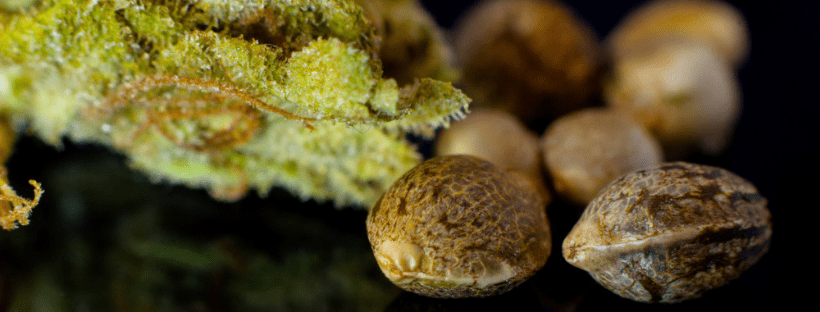
Indica
Indica strains typically give users a relaxed body high and a relaxed mental high. They contain more CBD than THC and are recommended for nighttime or to reduce anxiety. Indica plants typically produce more than sativa plants; so do not be concerned if you see a difference in growth if you are planting multiple strains.
Dutch Treat, Death Bubba, and OG Kush are popular indica strains.
Sativa
If you prefer a more energizing lift from your marijuana, try a sativa strain. Sativa offers a serotonin boost and can increase focus in users. It’s a great choice for people who enjoy to wake and bake.
Blue Dream, Sour Tangie, and Walter White are popular sativa strains.
Hybrids
Hybrid strains contain the elements of both indica and sativa strains. The individual hybrid strain may be 50% indica/50% sativa or have a majority of one type of strain.
Experiment with different hybrid strains to see what suits your needs.
Alien OG, Girl Scout Cookie, and Grape Ape are popular hybrid strains.
Where To Buy Cannabis Seeds in Canada
Growers may be less concerned with what type of strain they can buy if they can’t find any strains at all. Most stores will be government-run shops, but in British Columbia, you can purchase marijuana seeds in liquor dispensaries.
Again, seeds will start to pop up in more stores throughout the country as Canada becomes more comfortable with cannabis laws. In the meantime, you might have to shop online or stop by the one store in the area where cannabis seeds are available.
Talk to local growers or retailers about the best seeds for your needs. Not all seeds will be fertilized or produce the best yields; an expert can help you find the best seeds to meet your growing goals.
Pots
Containers can have a big impact on the amount of air, water, and nutrients that your marijuana plants receive as they grow. Every type of pot has its pros and cons, so you may have to experiment or look at the type of medium you are using to take care of your plants and the environment where they will be growing.
Growers can successfully grow marijuana plants in plastic, ceramic (terra-cotta,) or fabric pots. All of these pots are available for purchase in local hardware stores or retailers that specialize in gardening. Remember to buy saucers or trays that catch excess water as it flows out of your pots.
If you want to use a hydroponic setup, you will not need to buy traditional pots.
Medium (Soil)
Marijuana can grow in a variety of mediums, although most first-time growers choose soil. When you are purchasing soil, try and stick to a sterilized option without a peat base. Soils labeled “organic potting mix” should be just fine. Consider using a mix with organic compost (or throw in compost that you create at home!) Mixes with perlite may also benefit your plants by keeping air in the soil.
Coco Coir, Perlite, and Other Mediums
Many growers choose perlite as the main medium for growing marijuana. Perlite is a volcanic glass with a high amount of water. Growers like perlite because it is very porous and pH neutral. If your seeds are having trouble germinating, adding some perlite to your soil could be the solution.
Another option is to mix perlite with coco coir, which is becoming the hottest soiless medium for growing marijuana plants.
Coco coir is made from the fibers of coconut husks. Growers can reuse coco coir again and again, making it an environmentally-friendly and cheap option. Like perlite, coco coir offers good aeration and drainage, giving your marijuana plants the air and water that they need to grow.
Hydroponic Growth
Hydroponic growth is another hot method for growing marijuana. “Hydroponic systems” essentially grow plants just by using a mix of water and nutrients. (This method is also very popular for growing vegetables and other plants.)
Growers who prefer hydroponic systems do not have to buy soil, but they have to buy a hydroponic system that often requires a lot of trial and error. Once growers get the hang of a hydroponic system, however, they will tremendous yield. Hydroponic growth allows nothing to come between nutrients mixed in water and the plant roots, giving plants everything they need to stay healthy and grow.
Lights
Plants don’t just need water and nutrients to flourish; they also need a specific amount of light. Indoor growers usually purchase specific grow lights that help plants get the light they need without disturbing the rest of the house. (Outdoor growers can usually rely on the sun to give plants the light they need.)
Plants can thrive in the vegetative state with 12-24 hours of light a day (but the best number will depend on the size of the plant.) Once the plant begins to flower, it needs at least of 12 hours of darkness. Anything less than 12 hours will not properly prepare the plants for harvest.
Grow lights are like pots; each type has pros and cons. The most common grow lights for marijuana are:
- Fluorescent grow lights
- High intensity discharge (HID) grow lights
- LED grow lights
Other Items or Technology To Buy
Fans and Humidifiers
All of the elements make a big impact on your ability to grow marijuana. Proper air circulation helps to prevent disease, control heat, and give plants carbon dioxide. If you do not ventilate your grow room, your plants may get overheated or suffer without carbon dioxide.
Fans and humidifiers can help to control air flow and give plants the breeze that they need to flourish. If you have not set up a space for a grow room, consider putting your plants by a window where you can let in some fresh air. (Just remember to consider the temperature outside!)
Fertilizer Mixes
When you are shopping for soil and other mediums, pay attention to what nutrients the medium will provide for your plants. In addition to carbon dioxide and good old H2O, marijuana plants also benefit from nitrogen, phosphorus, potassium, calcium, magnesium, and sulfur. Plants may be able to find these elements in soil, but it is important to give your plants the right amount of nutrients in soil and fertilizer mixes. Talk to the specialists at your local hardware store about the right fertilizer for your plants.
If you are overwhelmed with the amount of products to buy just so you can grow a little pot, you’re not alone. Some retailers have put together kits that include fertilizer mixes, feeding schedules, and detailed instructions that help you achieve the highest yield. Shop for these kits online or in a local retailer.
Grow Boxes
Air, light, and water can all be maintained in a controlled environment, but this means that growers may have to set aside a special room or part of the house for their plants. Retailers have taken the concept of a “grow room” and made it portable for growers with little space. “Grow boxes” are a hot item on the market for home growers; they may be the best option if you want a contained area that doesn’t require maintenance throughout the rest of your home.
Ready, Set, Grow!
Canada’s new legislation provides a great opportunity for cannabis users to grow marijuana at home and get to know their favourite strain in a new way. Remember, growing cannabis may require a lot of trial and error; seek online resources or help from local specialists if you have questions about what to buy and how to set up your grow room.

